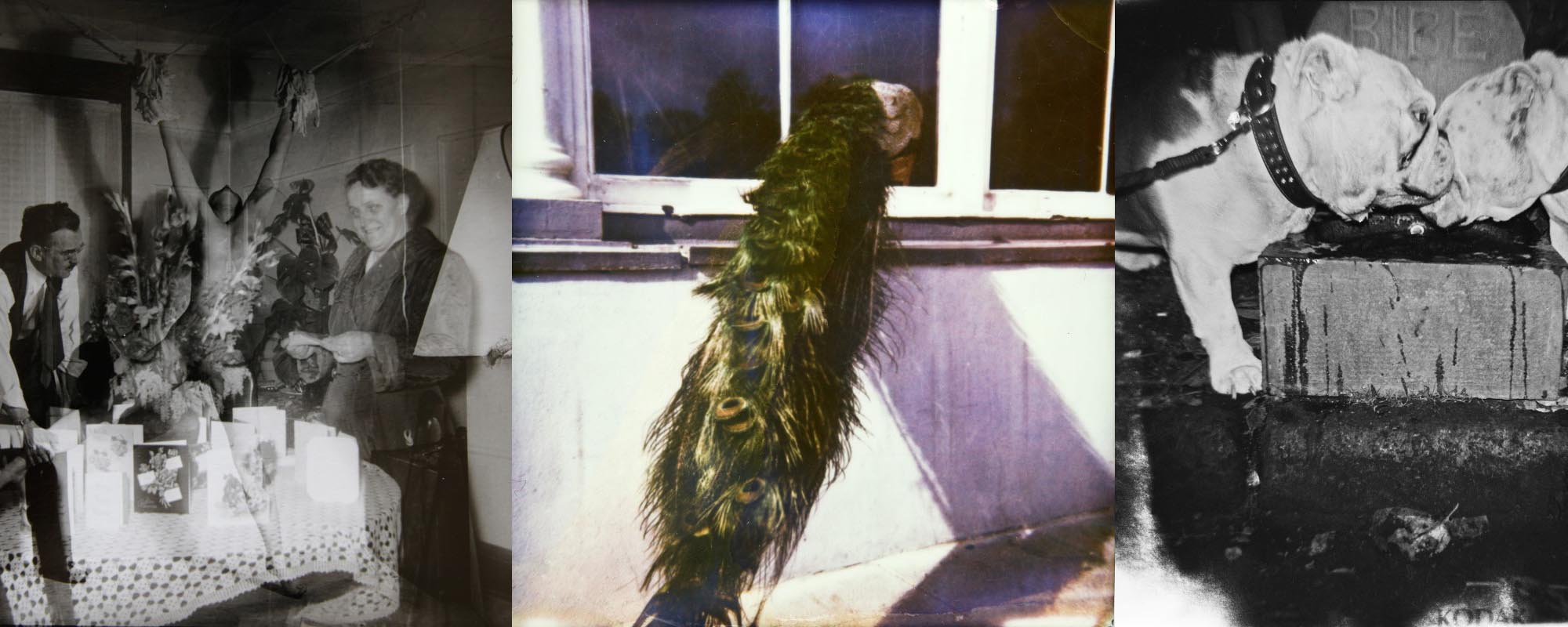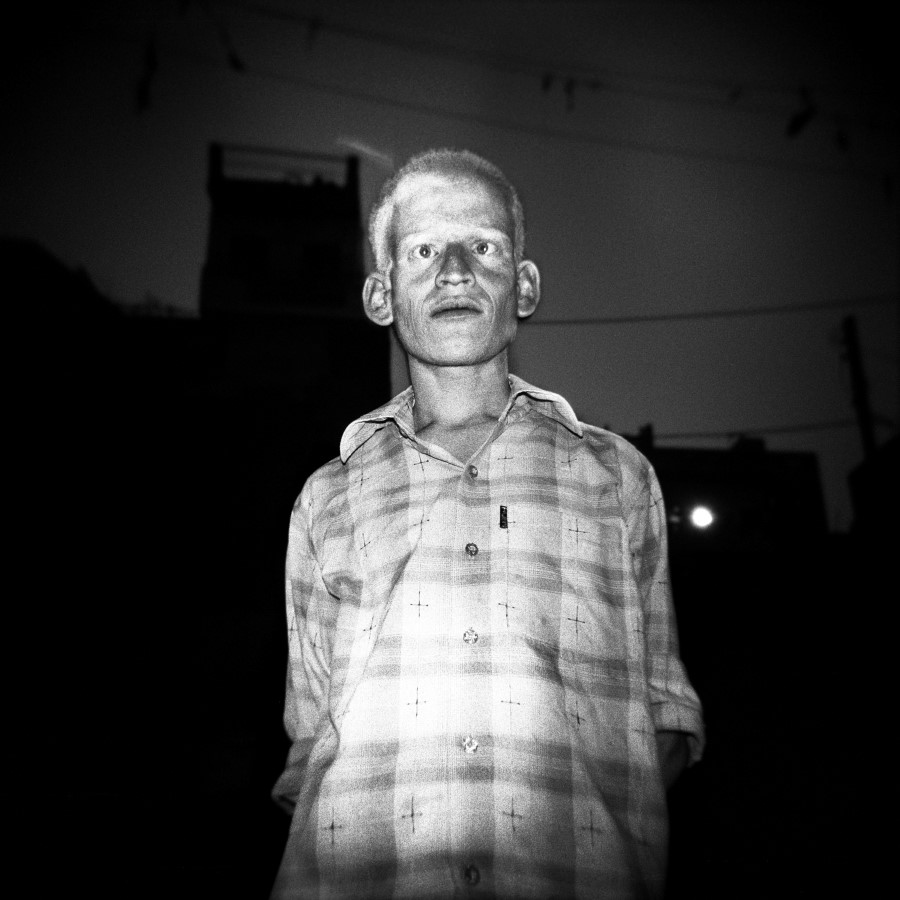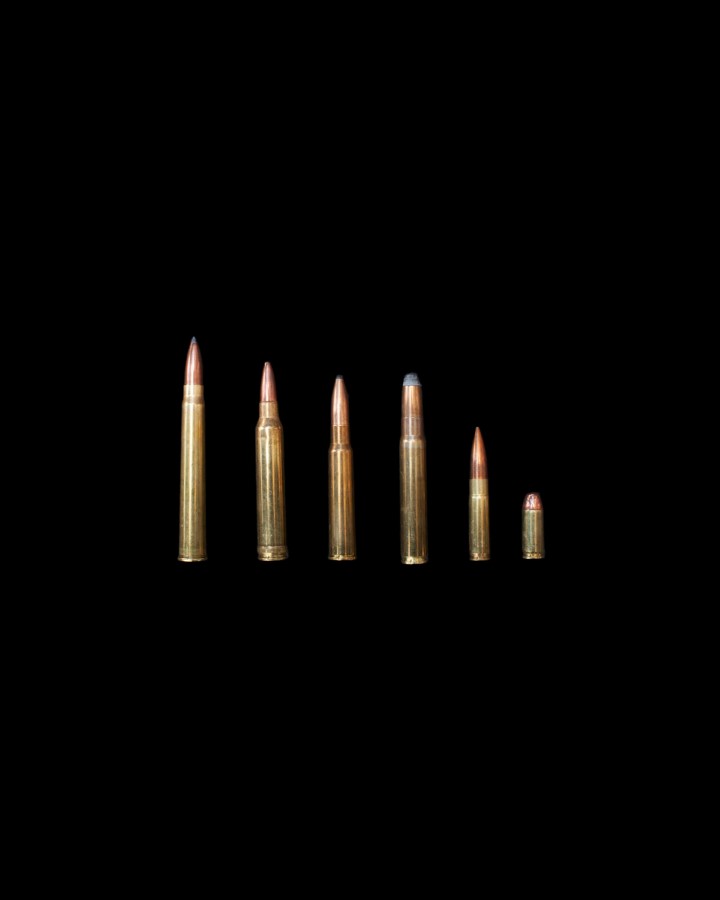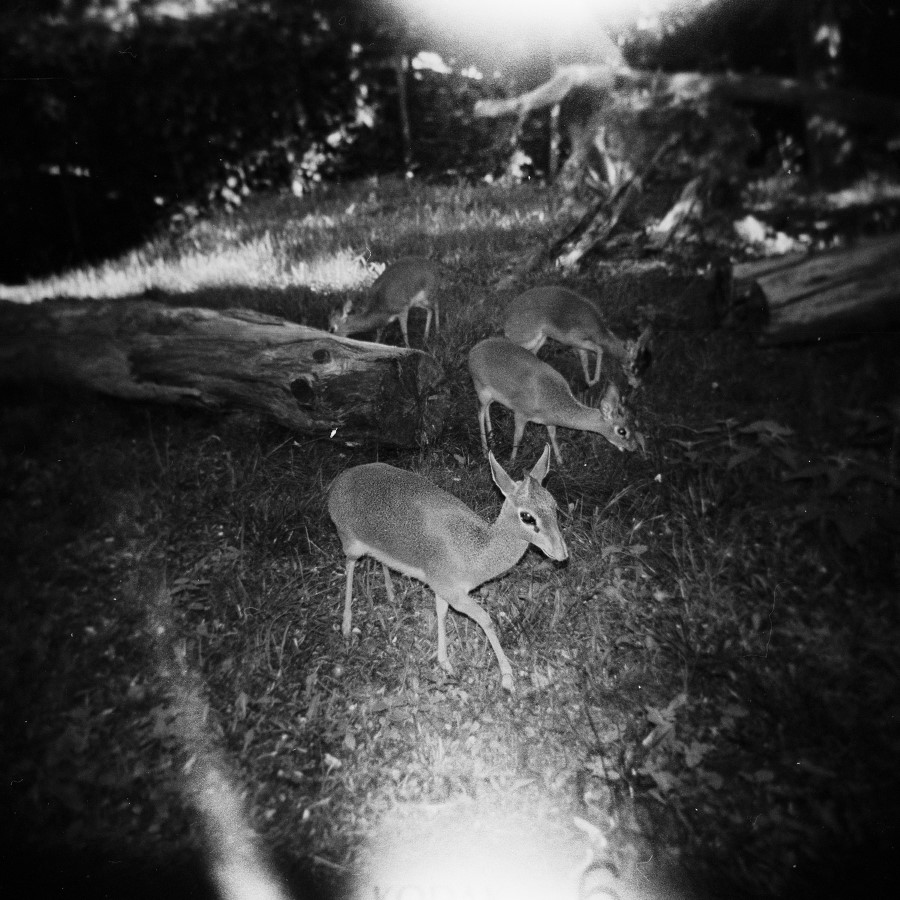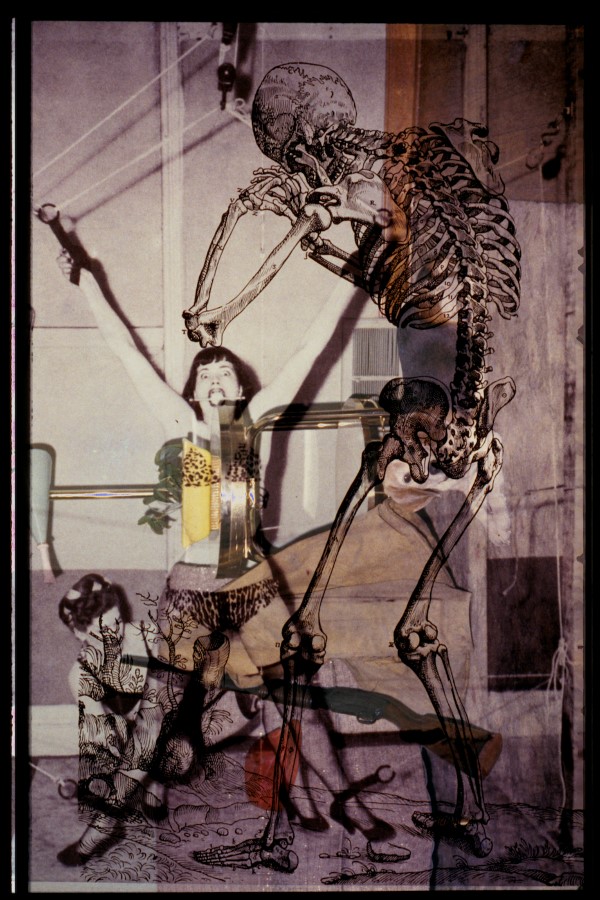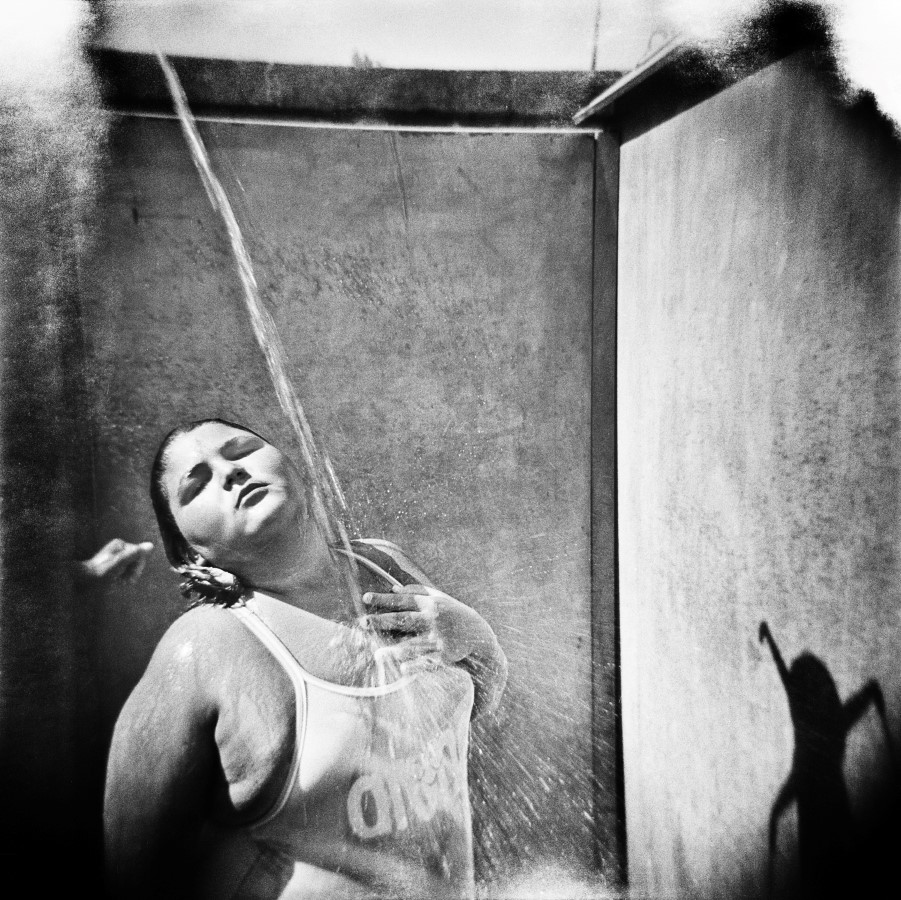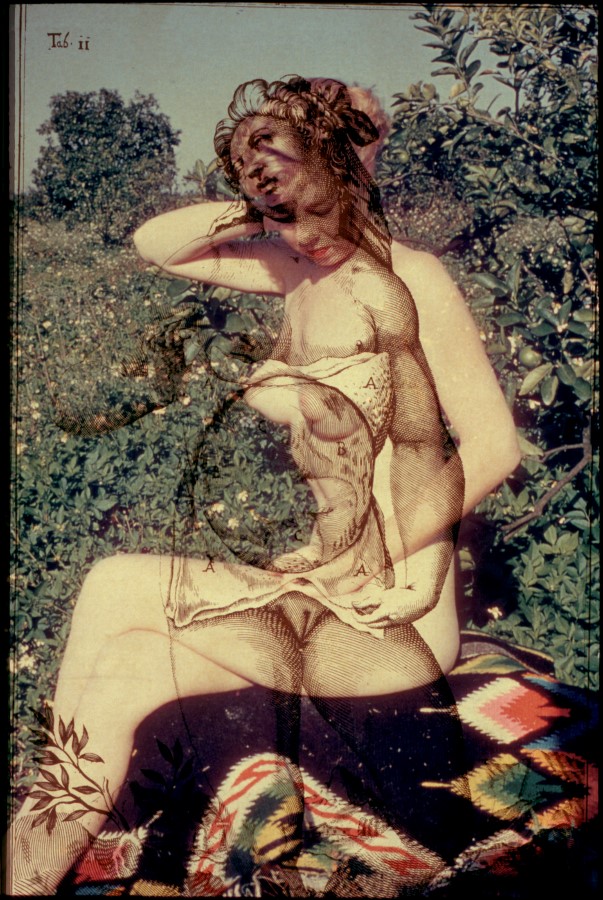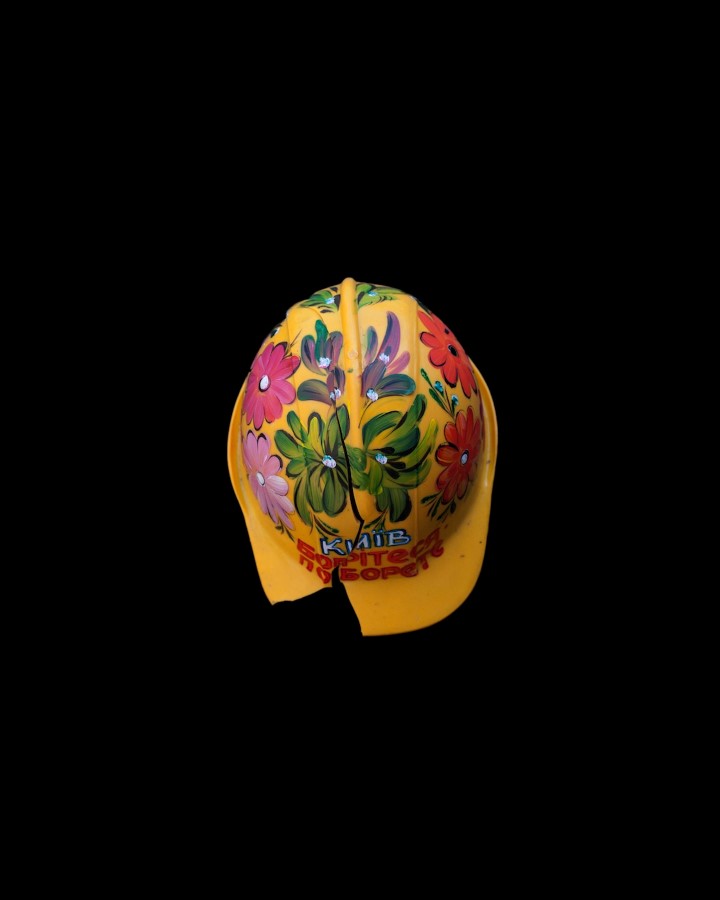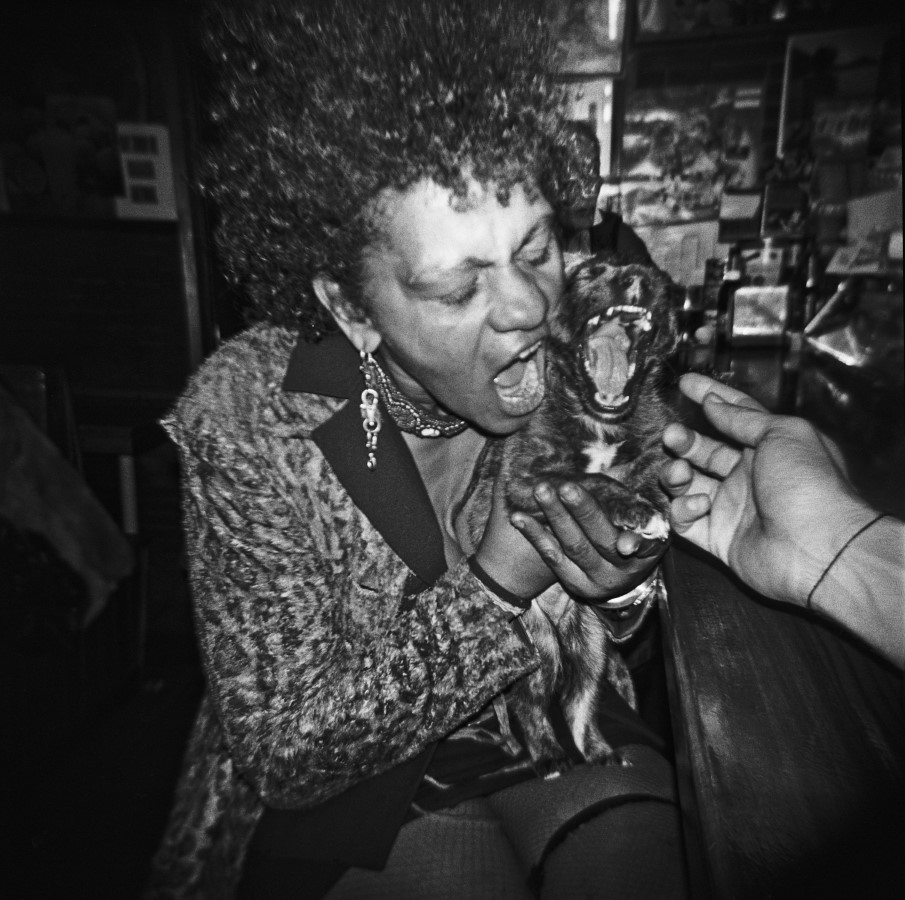”A book and a space are two different media, or in other words: display cases. Thinking about the gallery program for us means thinking about showing substantial art in a space in order to meet the constant challenge of making good exhibitions”.
An Interview with Kehrer Gallery @ Unseen
By Brad Feuerhelm
BF: Kehrer Gallery started up in 2014 after working with artists in a publishing capacity. This is a very exciting prospect as we tend to see galleries making publications after they start their commercial spaces. Can you tell our readership about some of what Kehrer Gallery looks for when they take on new artists?
CS: Let me put it like this. A book and a space are two different media, or in other words: display cases. Thinking about the gallery program for us means thinking about showing substantial art in a space in order to meet the constant challenge of making good exhibitions. Gallery work, at least how we see it, has little to do with the sheer transfer of book pages onto a plain wall. If the artists meet with our approach and like to explore their work in various types of media we are happy to establish a long-term cooperation.
BF: One of my favorite artists in your stable is Jeffrey Silverthorne. His work, on a personal level means a lot to me. From his early morgue work, from “Boystown”, from the polaroids, to his sandwiched negatives, there has always been a performance to his staged works and even in his methodologies of working. What draws you to his work on the body?
CS: Honestly, I didn’t really think that much about Jeffrey Silverthorne’s work on the body in the literal sense of “working on the body” by depicting it. In fact, I am fascinated by how he brings the body to us as a metaphor, as a battlefield, as a monument, as flesh, as a stage for emotions, as a cliché, and in many other ways to tell us about the human condition. Looking at Jeffrey’s work you experience the human need and the human want to reassure, to adapt, to seduce, to freak out, and to do ‘whatever more’ while travelling through life from birth to death. And this hasn’t changed since the beginning of mankind, as far as we know about our history up-to-date. Thus, we see Jeffrey’s work even as a kind of synopsis of the work of several other photographers, and that’s his quality for us.
BF: The sandwiching of negatives…seen in his images of Vesalius and anatomy relates very closely not only to art history, but the practice of conflating images in montage forma. This often creates a “push and pull” between the layers. It is almost as if he is channeling some of the dada and surrealist techniques of image-making, can you elaborate why these works demarcate a important positions within the tradition of the medium for you?
CS: The history of photography went through a lot of stages, as we all know. And yes, personally, I love early photographs that stem from the realm of the Surrealist and Dada movement even up to the bizarre point of ghost photography. Those kinds of images open doors to see things differently and in turn enable us to look at things and eventually to speak about things differently. They show us much about our skills to create worlds parallel to the empirical approach and, as such, they form a specific visual poetry. The montage form also allows the displaying of complex issues as it can boil down complexity into one statement, especially in our post post-modern times. I appreciate photography beyond photography very much. The exploration of the framework of the photographic medium in that way also had some importance to establishing photography as art.
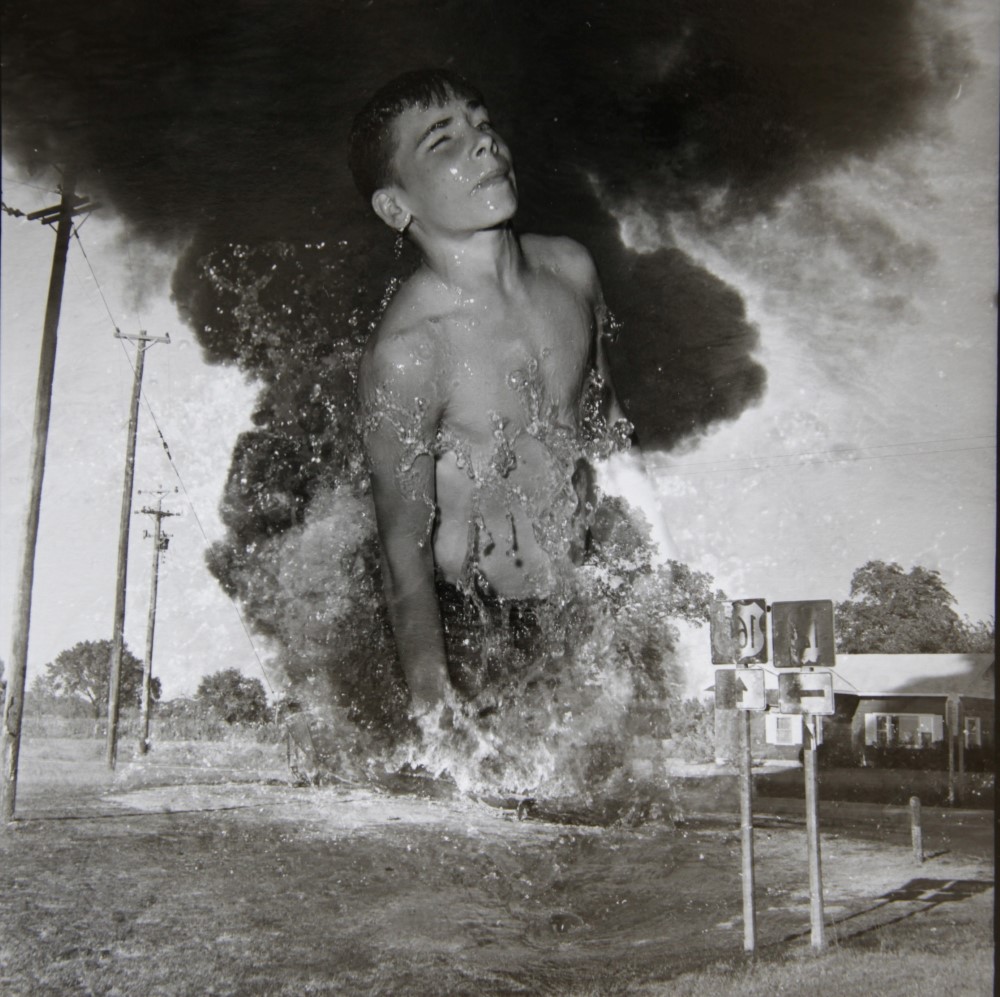
Jeffrey Silverthorne, #17 BOY RISING, KANSAS, Sandwich Series, 2012
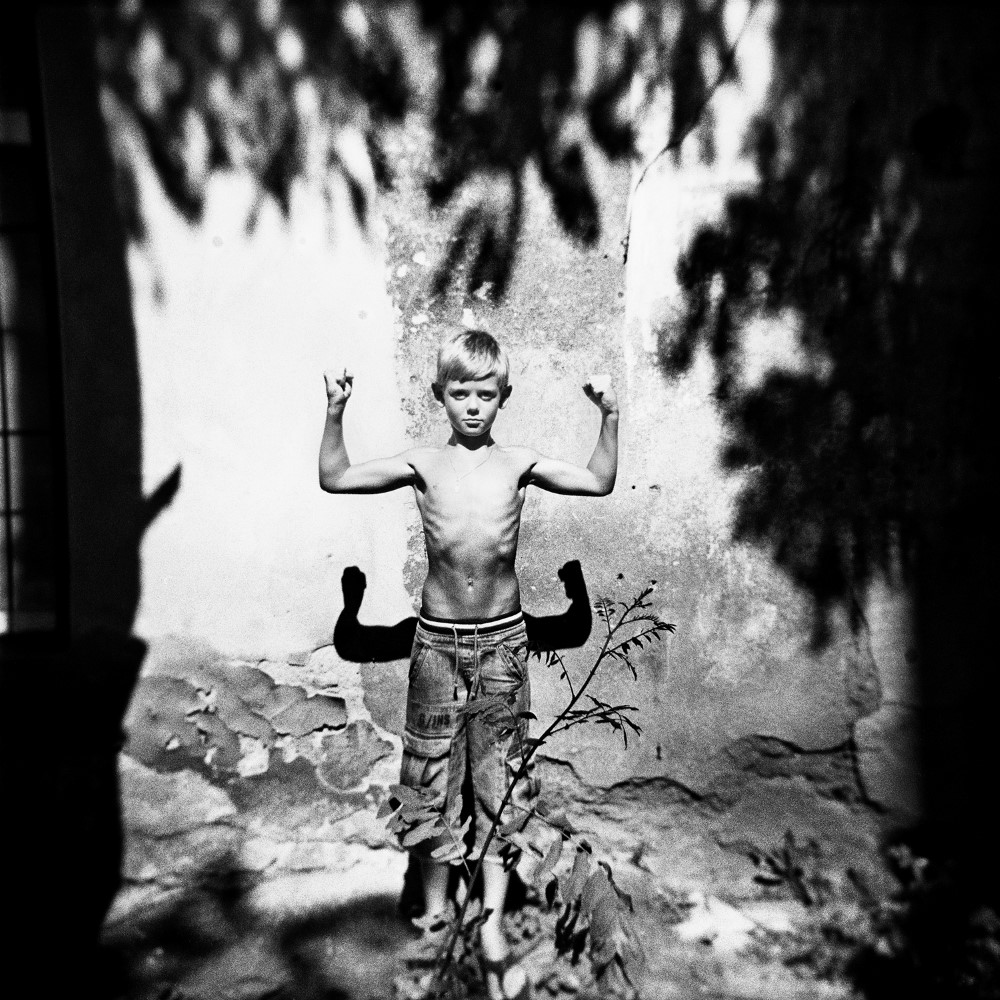
Piotr Zbierski, Untitled #7, Ukraine, 2011
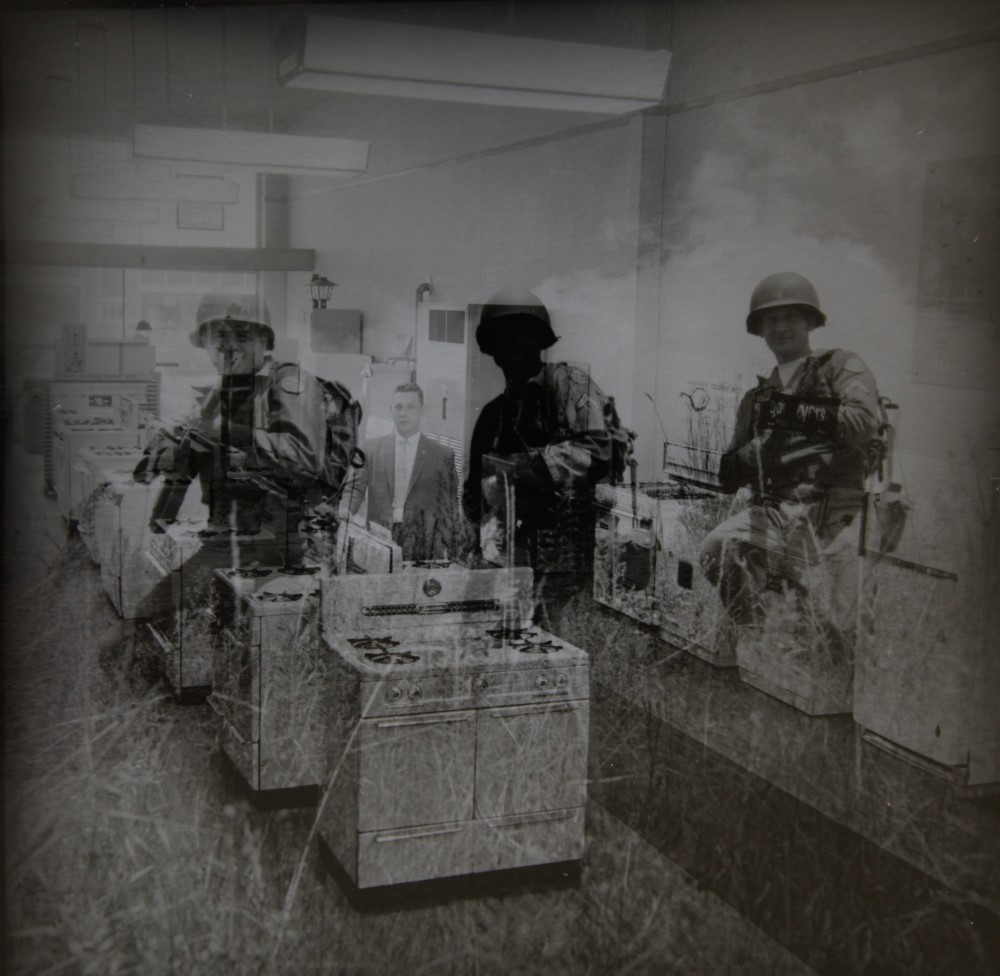
Jeffrey Silverthorne, #18 APPLIANCE STORE, Sandwich Series, 2012
“From the beginning the concept of Kehrer Gallery was pretty clear: the program should be dedicated to photography and present the many various aspects of the medium, its different genres as well as facets of its history”.
BF: Piotr Zbierski’s monochromatic and often scratchy images a dreamy otherworldly presence. The soft edges of frame and the blurring remind one of Nancy Rexroth’s work or maybe even that of Joel-Peter Witkin or Diane Arbus. When a large amount of contemporary market driven images tend to lean towards a colorful palette, is it important to re-consider the possibilities inherent in traditional photography processes?
CS: Well, as I am not an artist it’s hard to answer that question for me, but I will give it a try. So, I’d say that there is always a need to consider the full potential of any medium or technique in order to come to terms with what I, being an artist, want to make visible, and I would see this as independent from any market driven aesthetics. Otherwise innovation in culture would not be possible.
BF: Davide Monteleone is new to me. The work looks really fresh, somehow pristine by proxy of both Silverthorne and Zbierski. Its nice to see a range of images like this from a new gallery. Can you tell us a bit about the importance of having works represented that have these differences?
CS: From the beginning the concept of Kehrer Gallery was pretty clear: the program should be dedicated to photography and present the many various aspects of the medium, its different genres as well as facets of its history. But it should also circle around the reflection of the medium as such, as we are going to do with a solo show by Austrian Gregor Neurerer. Photography is an instrument for investigation as well as for explanation and critique. It’s also very much linked to social development. There are artists who started with photography and eventually became known as pioneers of sound art, like the German Rolf Julius, and we are very much looking forward to realise an exhibition with the Estate at the end of this year. There was no question for us to present Davide Monteleone alongside with Silverthorne and Zbierski at Unseen, as it’s like a first proof of the gallery concept.
BF: I believe this is the first time your gallery will be represented at Unseen. Can you tell us about your expectations of the fair, the city, etc.?
CS: We are excited about the ability to participate at Unseen for the very first time although Kehrer Gallery only exists a little longer than one year. Thus, we take Unseen’s invitation as a delightful compliment for the program we have realised since the gallery’s foundation. We consider Unseen an excellent platform to present our artists within a professional context and for an international audience of collectors, experts from art institutions and, of course (!), for all those people with a genuine passion for photography. Personally, I am very much looking forward to visit Amsterdam for the first time in quite a while and to see places I haven’t been before”.
(All rights reserved. Text @ Brad Feuerhelm and ASX. Images @ Kehrer Gallery.)
